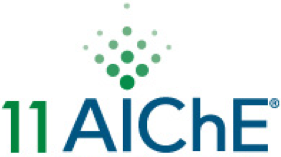

Three classes of nonfouling substances, poly[poly(ethylene glycol) methyl ether methacrylate] (POEM), poly(sulfobetaine methacrylate) (PSBMA), and perfluoroalkyl tagged poly(ethylene glycol) surfactants (fPEG), were covalently tethered onto the surface of AnoporeTM membranes (nominal pore size 0.2 μm) to form a series of organic-inorganic hybrid membranes. These membranes were then used for the microfiltration of cellulose acid hydrolysis mixtures. Flux recoveries of over 80% after three filtration cycles were observed for the hybrid membranes. Thus the fluxes of the three synthesized hybrid membranes could be largely recovered by washing with methanol and water after the microfiltration of cellulose hydrolysis mixtures. In contrast the bare membranes showed much lower flux recoveries. It was also shown that the grafted polymer layer improves the stability of the membranes in acidic environment. The synthesized membranes were also characterized by scanning electron microscopy (SEM), Fourier transform infrared spectroscopy (FTIR) and X-ray photoelectron spectroscopy (XPS), which were used to understand the morphology and chemical compositions of the membrane surfaces, and the results of these methods correlate with the microfiltration data presented. Mathematical modeling of the microfiltration data indicates that the pore constriction model best describes the fouling behavior of the bare AnoporeTM membrane, while the cake filtration model fits the data most satisfactorily for the three groups of hybrid membranes. The current work presents an alternative approach to membrane design for biomass related separations.
References:
1. Zhao and Shantz, J. Membrane Sci., 2011, In Press
Presenter(s)
Once the content has been viewed and you have attested to it, you will be able to download and print a certificate for PDH credits.
If you have already viewed this content,
please click here
to login.
